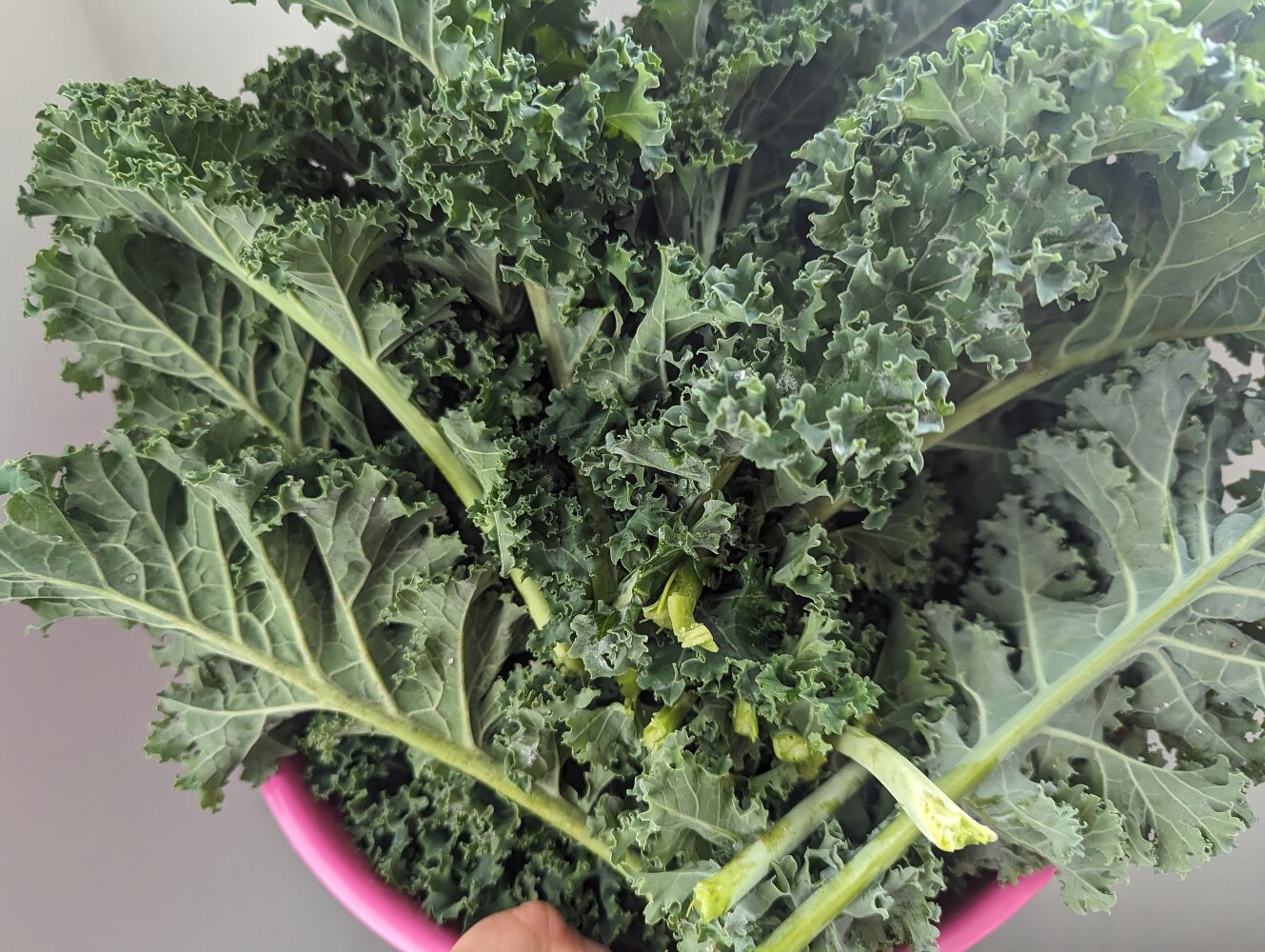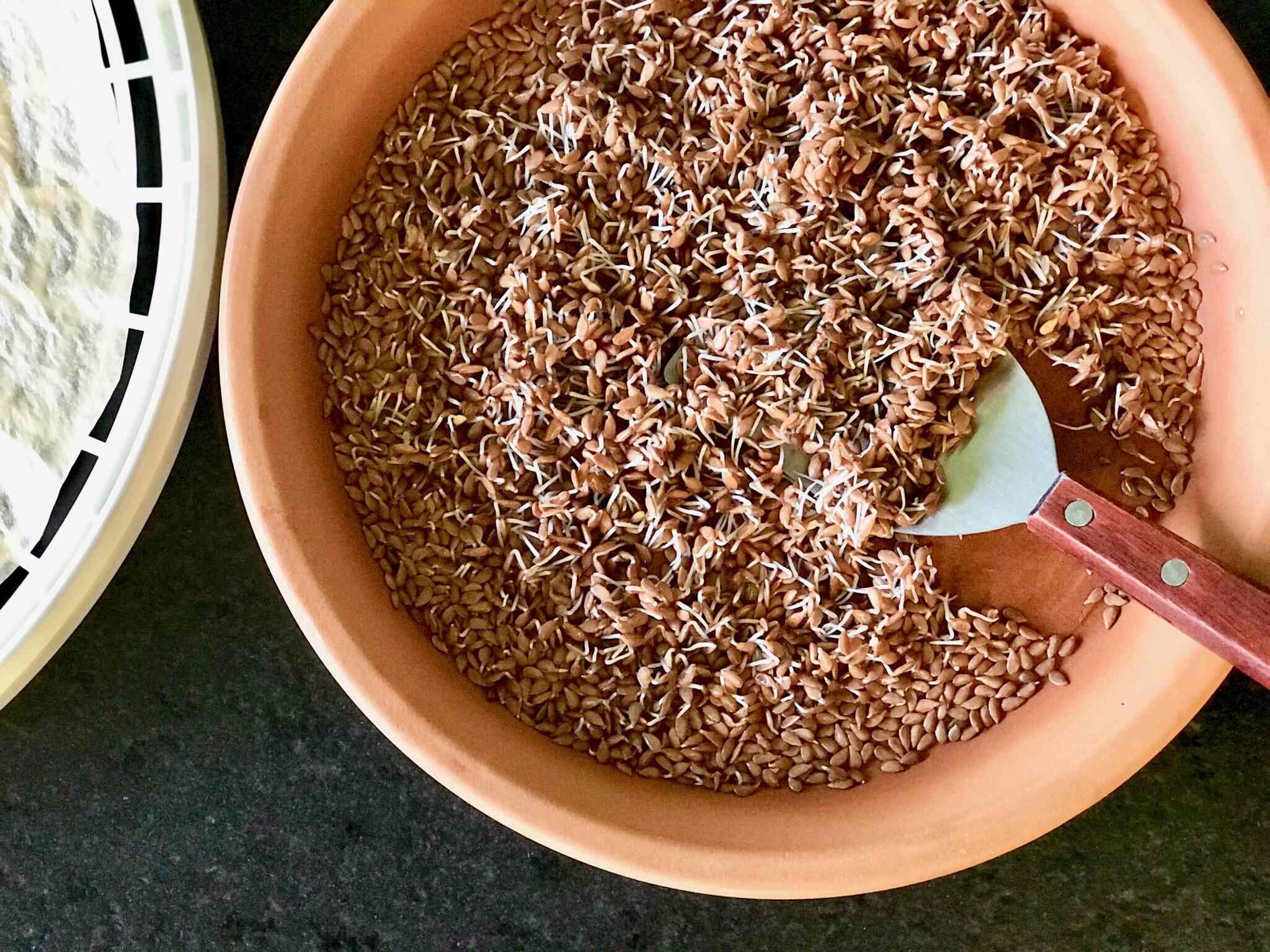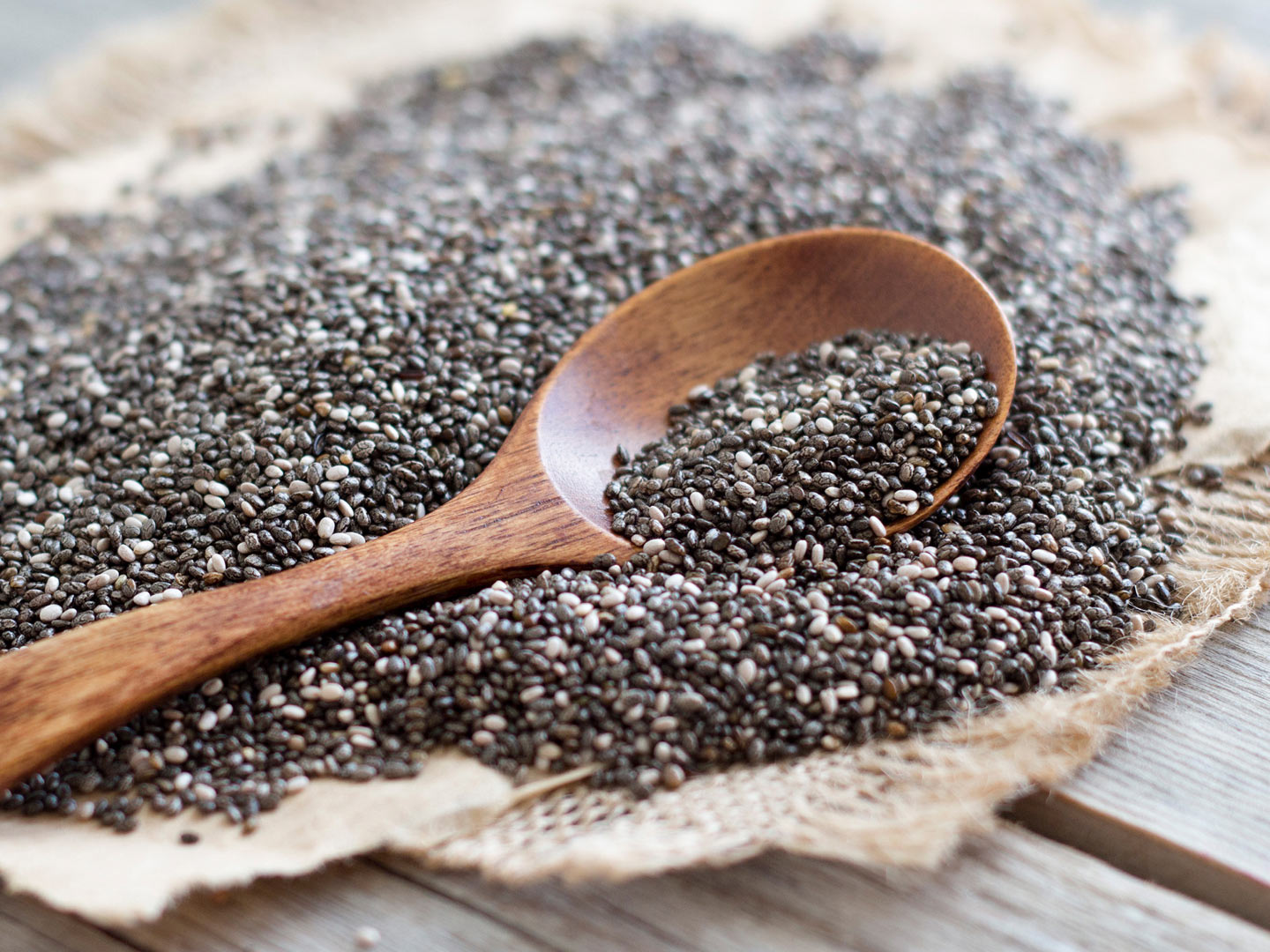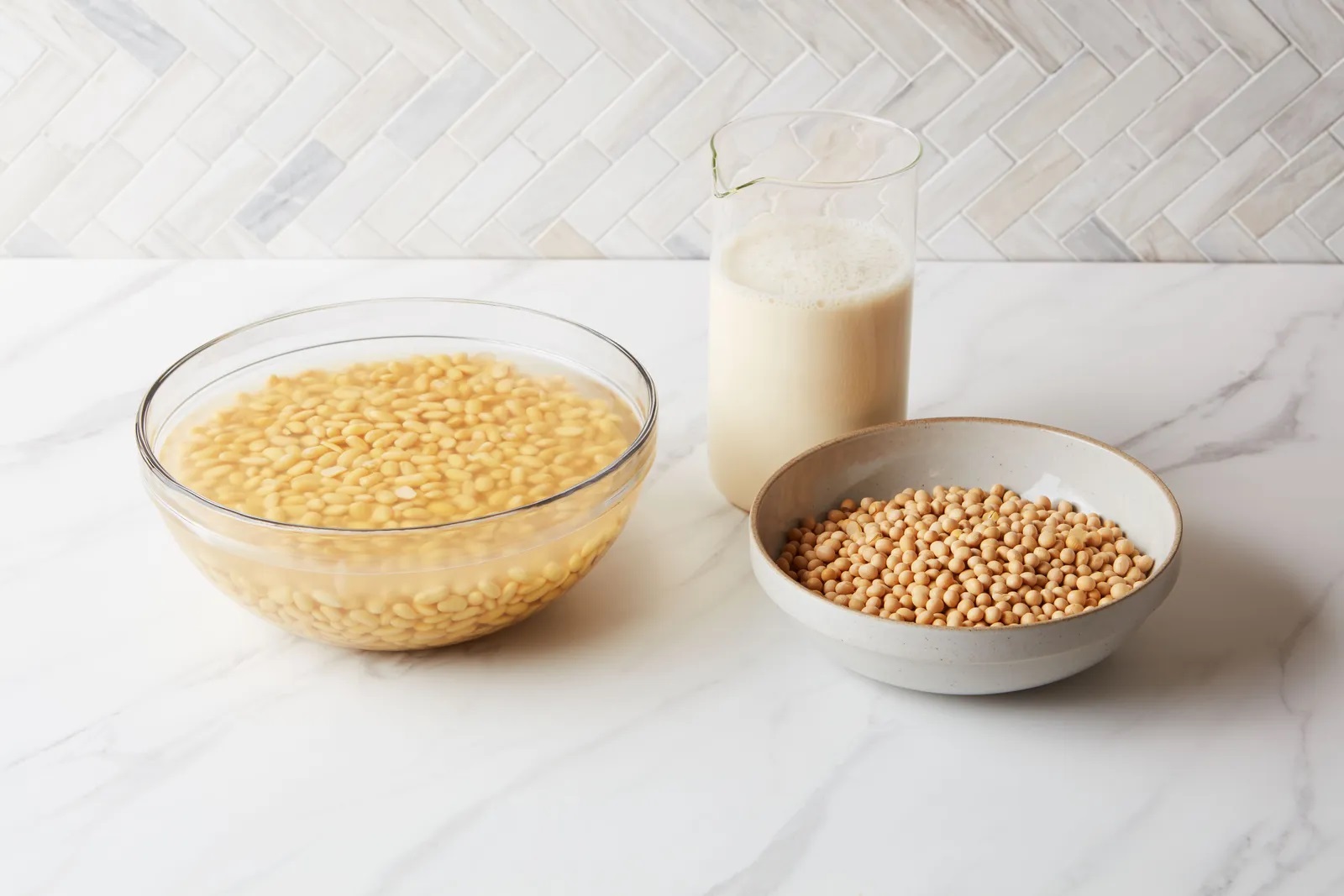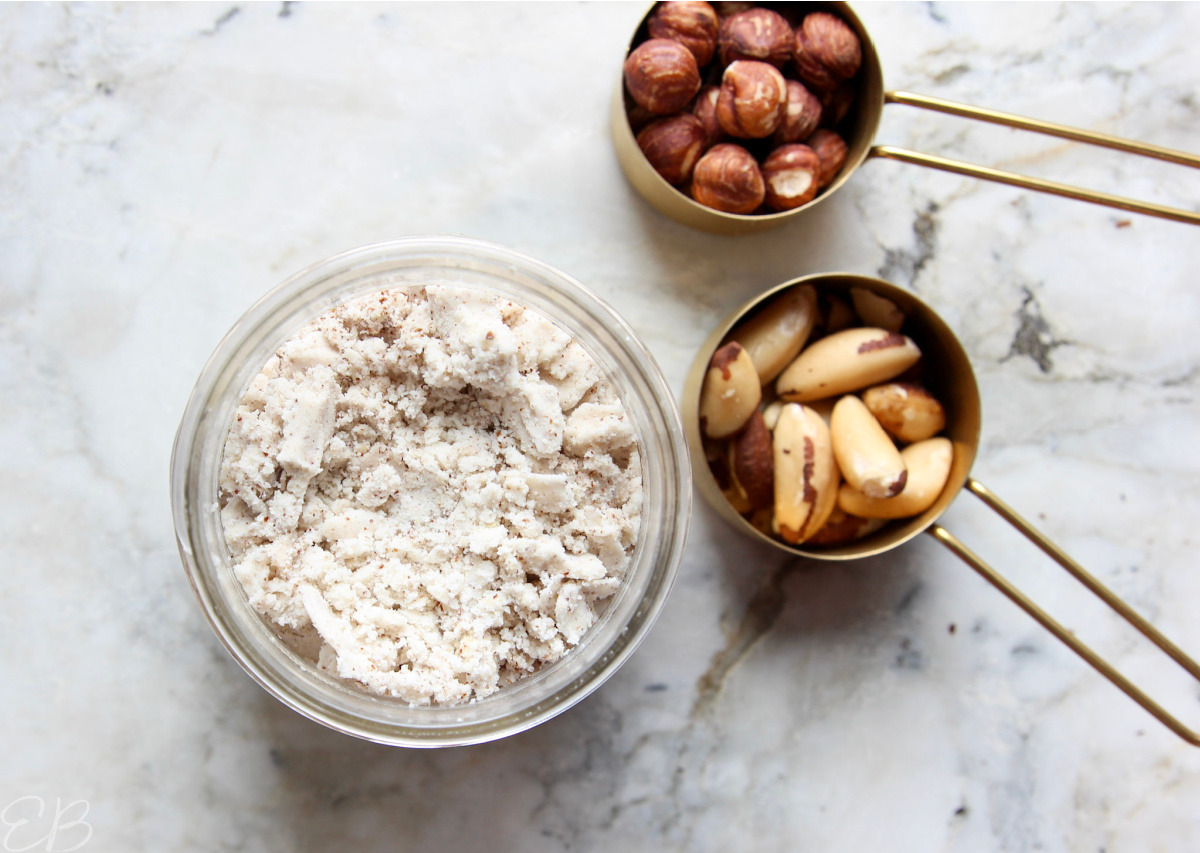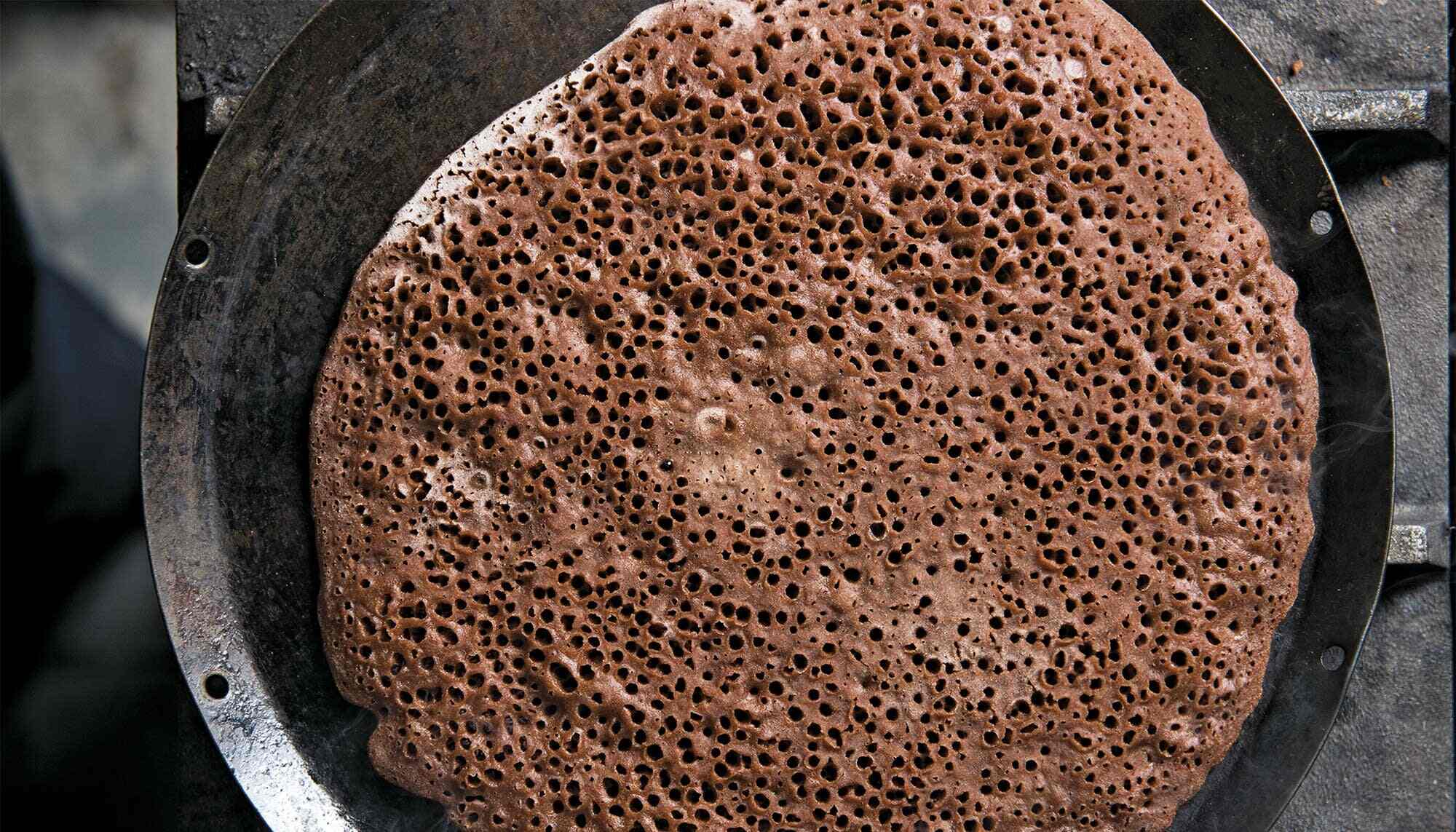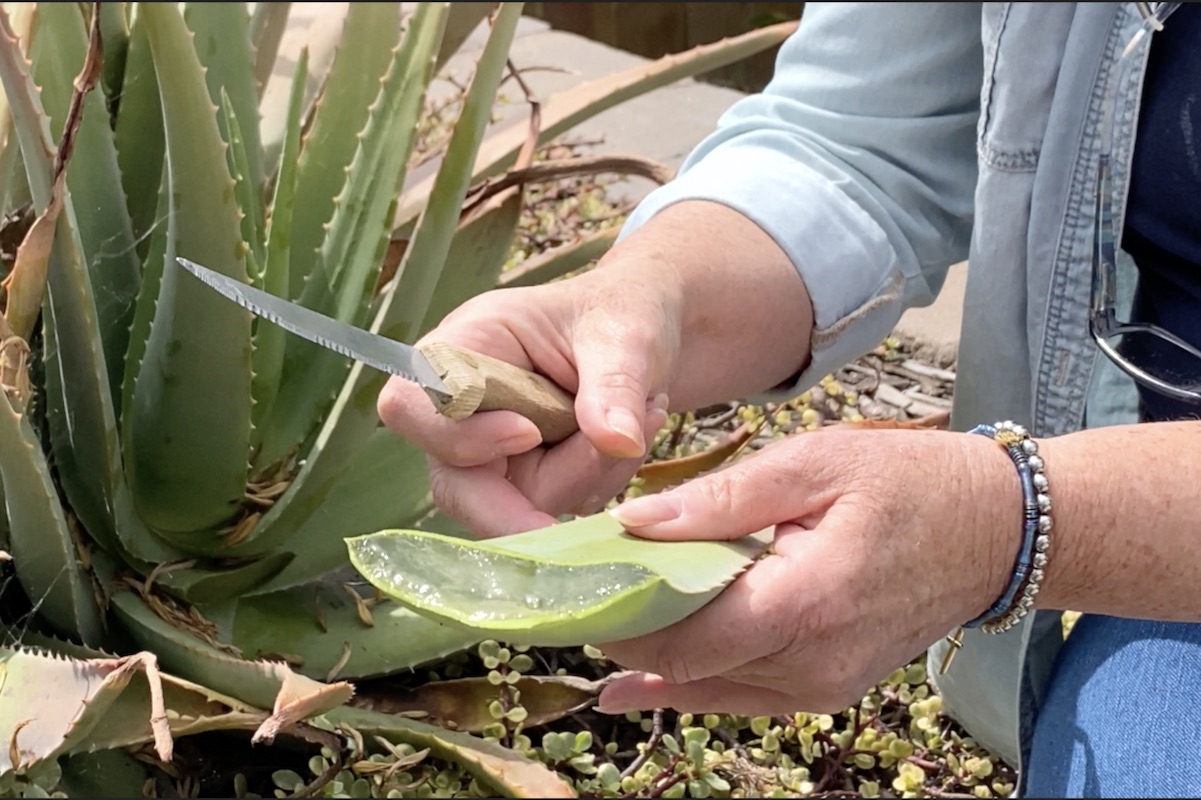What is Wheat Germ?
Wheat germ is the nutrient-rich core of the wheat kernel. It is a concentrated source of vitamins, minerals, and protein, making it a valuable addition to the diet.
Why Ferment Wheat Germ?
Fermenting wheat germ can enhance its nutritional value and make it more digestible. The fermentation process breaks down complex nutrients, making them easier for the body to absorb. Additionally, fermenting can improve the flavor and texture of wheat germ, making it more versatile for use in various recipes.
Steps to Ferment Wheat Germ
Follow these simple steps to ferment wheat germ at home:
- Prepare the wheat germ: Start with high-quality wheat germ. Make sure it is fresh and free from any rancid smell or taste.
- Combine with water: Place the wheat germ in a clean, glass container and cover it with water. Use a ratio of 1 part wheat germ to 2 parts water.
- Add a starter culture: Introduce a small amount of a starter culture, such as yogurt, kefir, or a commercial fermentation starter, to kick-start the fermentation process. This will help introduce beneficial bacteria that will ferment the wheat germ.
- Cover and ferment: Cover the container with a clean cloth or lid, allowing the mixture to ferment at room temperature for 12-24 hours. Check on it periodically to ensure the fermentation is progressing as desired.
- Strain and store: Once the wheat germ has fermented to your liking, strain off the liquid and store the fermented wheat germ in the refrigerator for future use.
Uses for Fermented Wheat Germ
Once you have successfully fermented your wheat germ, you can incorporate it into various dishes and recipes. Here are some ideas:
- Smoothies: Add a spoonful of fermented wheat germ to your favorite smoothie for a nutritional boost.
- Baking: Use fermented wheat germ in baking recipes such as bread, muffins, or pancakes for added flavor and nutrition.
- Cereal topper: Sprinkle fermented wheat germ on top of your morning cereal or yogurt for a crunchy texture and nutty flavor.
- Soup thickener: Stir fermented wheat germ into soups and stews as a natural thickening agent.
Benefits of Fermented Wheat Germ
By fermenting wheat germ, you can unlock several potential benefits:
- Improved digestibility: Fermentation breaks down complex nutrients, making them easier for the body to digest and absorb.
- Enhanced nutrition: Fermentation can increase the bioavailability of certain vitamins and minerals in wheat germ, making them more accessible to the body.
- Better flavor and texture: Fermented wheat germ may have a more pleasant taste and texture, making it more enjoyable to consume.
- Probiotic content: Depending on the starter culture used, fermented wheat germ may contain beneficial probiotic bacteria that support gut health.
In Conclusion
Fermenting wheat germ is a simple and effective way to enhance its nutritional value and versatility. By following the steps outlined above, you can unlock the potential of this nutrient-rich ingredient and incorporate it into your daily diet with ease.
Was this page helpful?
Read Next: How To Ferment Whole Wheat Flour For Bread


